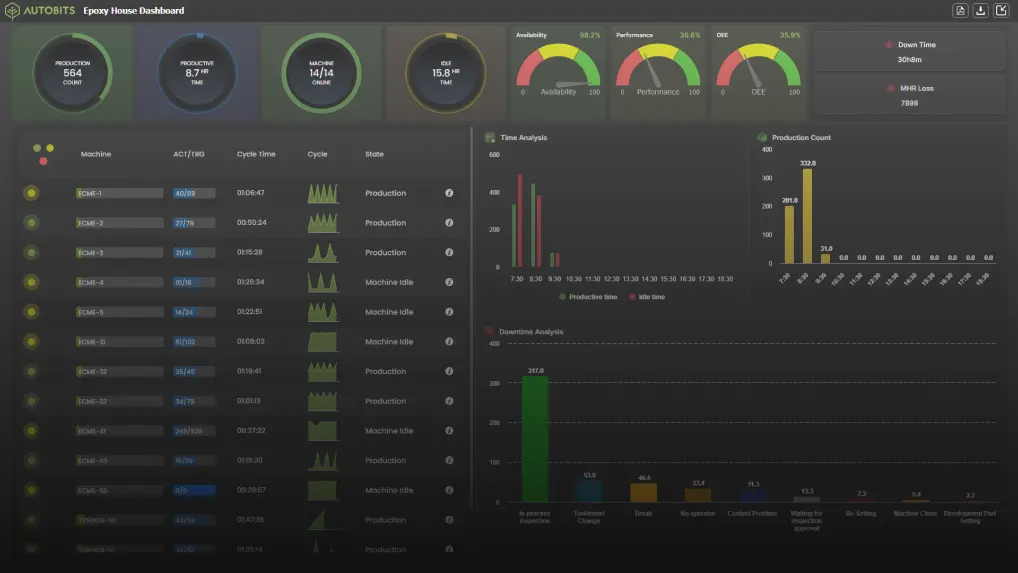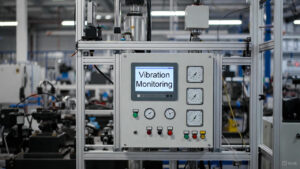 Robots are advancing with each passing day. They are getting lightweight, faster, smaller, simpler and less expensive for a specific load capabilities. With robots, components like connectors and cables are also evolving. The robotics technology today is expanding its use beyond automotive applications.
Robots are advancing with each passing day. They are getting lightweight, faster, smaller, simpler and less expensive for a specific load capabilities. With robots, components like connectors and cables are also evolving. The robotics technology today is expanding its use beyond automotive applications.
For example, six-axis robots are usually installed on places to shuffle from one task to another. Cables have to meet these level of mobility demands that can provide plug-and-play functions to connect the robot to- maybe the ‘seventh-axis’, providing robot to move in multi-direction.
Let us look at the example from another point of view. A painting robot is now capable of switching from one shade of paint to another in less than ten seconds with least amount of waste. Furthermore, cables are becoming lightweight and more compact by instilling new technologies like foamed materials and thin jackets to both protect and reduce the size of cable yet not compromising with power capacity and performance.
Strategies to incorporate multiple functions like transmitting control signals, media lines and power supply lines for oil and compressed air within the same cable are also available in the market. Next, choices between exterior and interior cabling too, is developing. This would be beneficial for space constraints and cumbersome wiring.
Thus, future considerations and upfront planning for choice of cable can be really beneficial in long run that can help reduce the machine downtime, thereby, improving the efficiency of robots.





